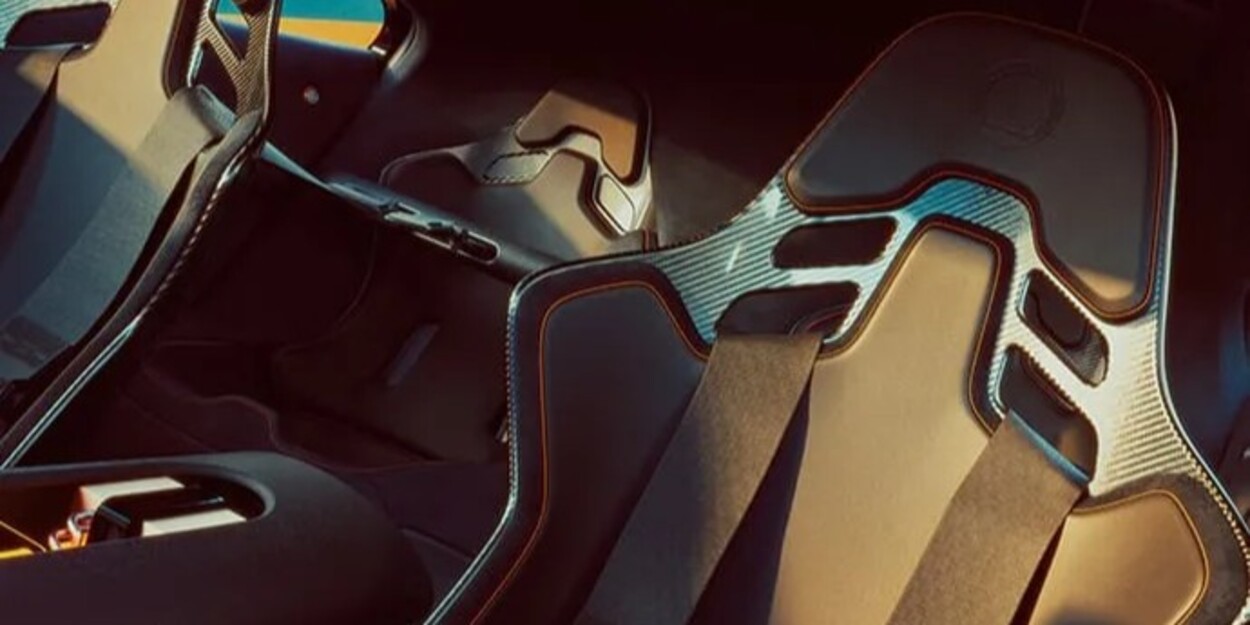Banner Image Courtesy of Mercedes-AMG
In today’s fast‑paced automotive world, unexpected breakdowns and parts shortages can grind operations to a halt—costing garages time and drivers money. Fortunately, on-demand 3D printing offers a game‑changing solution. By producing 3D printed auto parts exactly when and where they’re needed, repair shops can slash lead times, reduce inventory costs, and deliver rapid, reliable service.
The Challenge of Traditional Spare Parts
Automotive repair shops have long grappled with cumbersome supply chains and unpredictable part availability. When a critical component wears out or breaks, mechanics must often wait days—or even weeks—for OEM shipments to arrive. Stocking a full inventory of spare parts is prohibitively expensive, especially for low‑volume or legacy vehicles. As a result, shops face high carrying costs and risk losing business when they can’t fulfill repairs promptly. Drivers, in turn, experience extended downtime, rental fees, and frustration. In this context, on-demand 3D printing emerges as a smarter alternative, transforming digital CAD files into tangible parts with minimal delay.
How On Demand 3D Printing Works in Automotive Repair
1. Digital Part Sourcing:
Technicians start by uploading CAD or STEP files to a 3D printing platform like Hi3DP. If original designs aren’t available, reverse engineering through 3D scanning captures precise geometries for legacy or custom components.
2. Material Selection & Machine Setup:
Depending on the part’s function—structural bracket, fluid cap, or trim piece—shops select from engineering‑grade polymers (Nylon PA12, PETG) or metals (stainless steel, aluminum). Technologies such as SLS, MJF, SLA, and SLM accommodate diverse materials and tolerances.
3. Print & Post‑Processing:
Layer‑by‑layer additive fabrication builds the part. Post‑processing steps—support removal, bead blasting, or polishing—ensure surface finish and dimensional accuracy. Finally, quality checks verify fit, strength, and compliance before installation.
Key Benefits for Repair Shops & End Users
Ultra‑Fast Turnaround:
Traditional ordering can take days; on-demand 3D printing delivers critical auto parts in hours, minimizing vehicle downtime and lost revenue.
Reduced Inventory Costs:
Shops eliminate the need for bulky warehouses. Digital spare parts libraries stored in the cloud mean zero holding costs for seldom‑used items.
Localized Production:
Hi3DP’s global network of printing hubs dispatches parts from the nearest facility, slashing transit times and shipping fees.
Customization & Improvement:
Mechanics can tweak designs for enhanced durability or fit—perfect for performance upgrades or bespoke restorations.
Sustainability:
Additive manufacturing produces minimal waste compared to subtractive machining, supporting greener automotive practices.
Overcoming Quality and Certification Hurdles
Despite the advantages, many shops worry about the reliability of 3D printed auto parts, especially for safety‑critical applications. To address this:
Material Testing:
Tensile, impact, and fatigue tests confirm mechanical properties meet or exceed OEM specifications.
Regulatory Compliance:
Certified materials (ISO 17296, UL listings) and processes (ASTM standards) ensure traceability and consistency.
Hi3DP’s Quality Assurance:
Every print undergoes in‑house laboratory testing. Batch traceability and detailed inspection reports give shops and end users full confidence in part performance.
Hi3DP’s 3D Printing Services
Hi3DP specializes in delivering on-demand 3D printed auto parts through a user‑friendly online platform:
Instant Quoting & Ordering:
Upload your 3D files to receive an instant quote. Choose from multiple materials and technologies to suit your repair needs.
Service Tiers:
Express: Delivery in 24–48 hours for urgent 3D printed repair parts.
Standard: 3–5 day lead time with competitive pricing.
Custom: Advanced materials, tight tolerances, and specialized post‑processing (machining, coating).
Global Production Network:
Hi3DP’s strategically located facilities ensure localized production, reducing shipping times and carbon footprint.
Dedicated Support:
Access expert project engineers for guidance on material selection, design optimization, and regulatory requirements.
Whether you need a single brake lever for a vintage motorcycle or bulk replacement brackets for a fleet, Hi3DP’s on-demand 3D printing services streamline the entire process.
The Next Frontier in Automotive 3D Printing
As 3D printing car parts mature, several emerging trends promise to reshape automotive repair:
1. Multi‑Material & Multi‑Color Prints: Integrating elastomeric sections (gaskets, seals) and colored indicators directly into a single build.
2. Embedded Electronics: Printing conductive traces and sensors within structural components for smart, self‑diagnosing parts.
3. AI‑Driven Design Optimization: Topology optimization reduces weight while maximizing strength—ideal for performance and EV applications.
These advances will further accelerate repair workflows and expand the range of viable 3D printed auto parts.
FAQs
Q: Are 3D printed auto parts as strong as OEM parts?
A: 3D printed components can match or exceed OEM strength for most non‑safety‑critical applications.
Q: What materials are available for 3D printing car parts?
A: Common options include Nylon PA12, PETG, and carbon-fiber-reinforced polymers for plastics; stainless steel and aluminum alloys for metal parts. Hi3DP also supports specialty resins and high‑temperature polymers.
Q: How do I get an instant quote?
A: Simply upload your CAD or STEP file to the Hi3DP platform. You’ll see pricing for different materials and service tiers in seconds.
Q: Can I order just one replacement part?
A: Yes! On-demand 3D printing eliminates minimum order quantities. You can order a single prototype or hundreds of final parts with equal ease.
Q: How long will delivery take?
A: Express service delivers 3D printed repair parts in 24–48 hours. Standard orders arrive in 3–5 days, depending on your location and chosen material.














